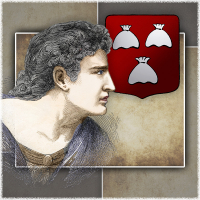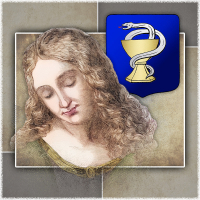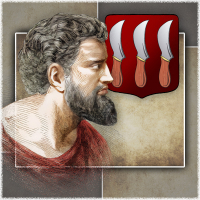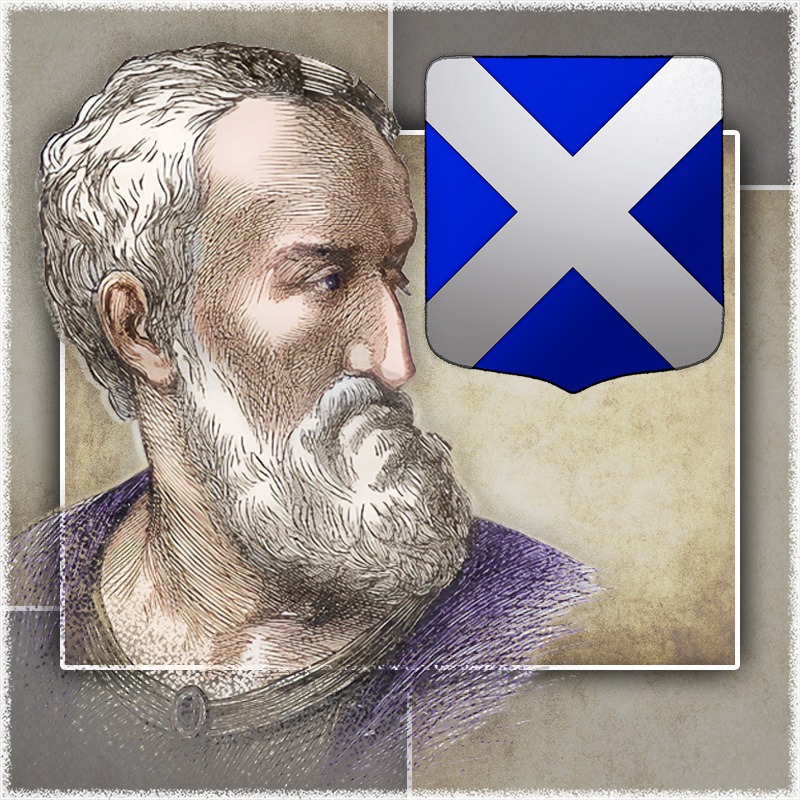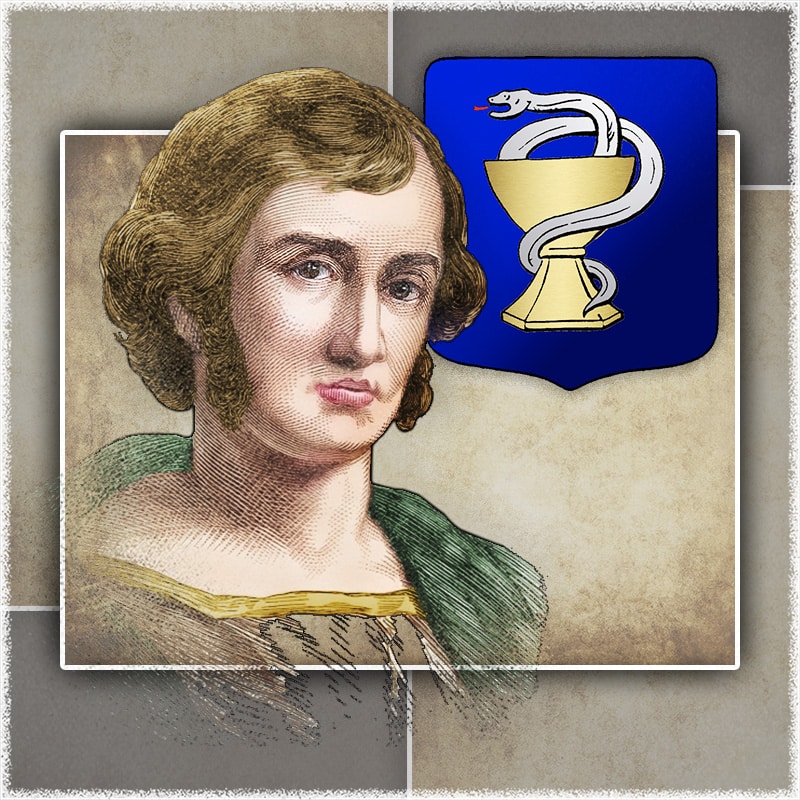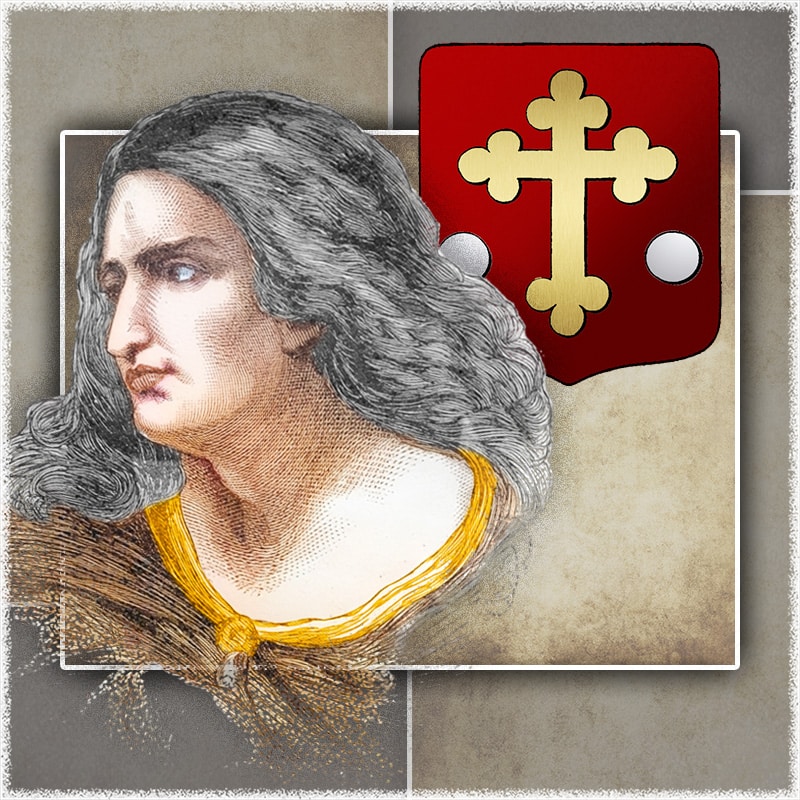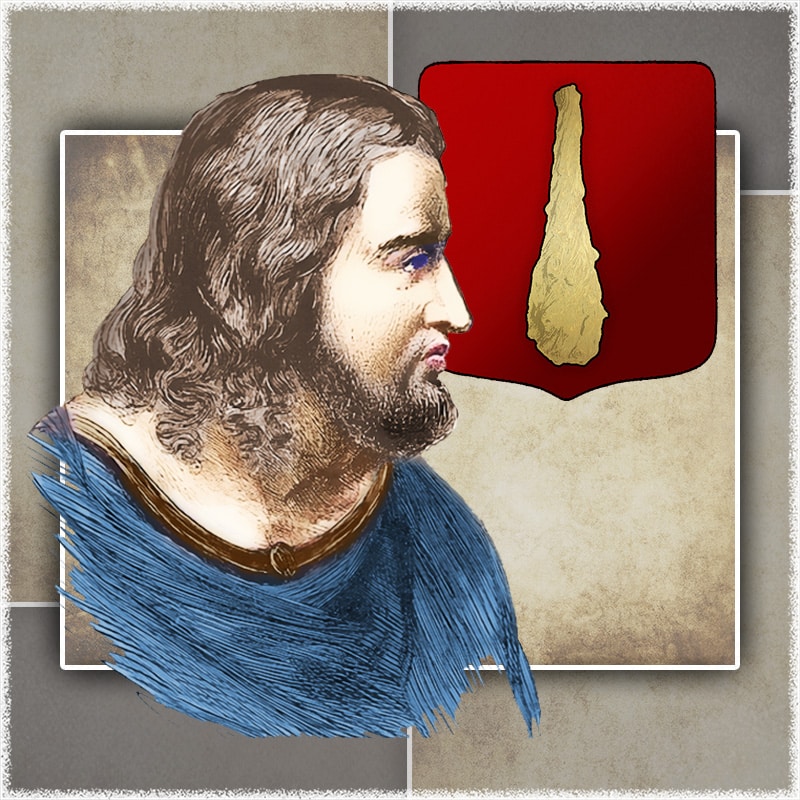Remembering the Apostle Thomas
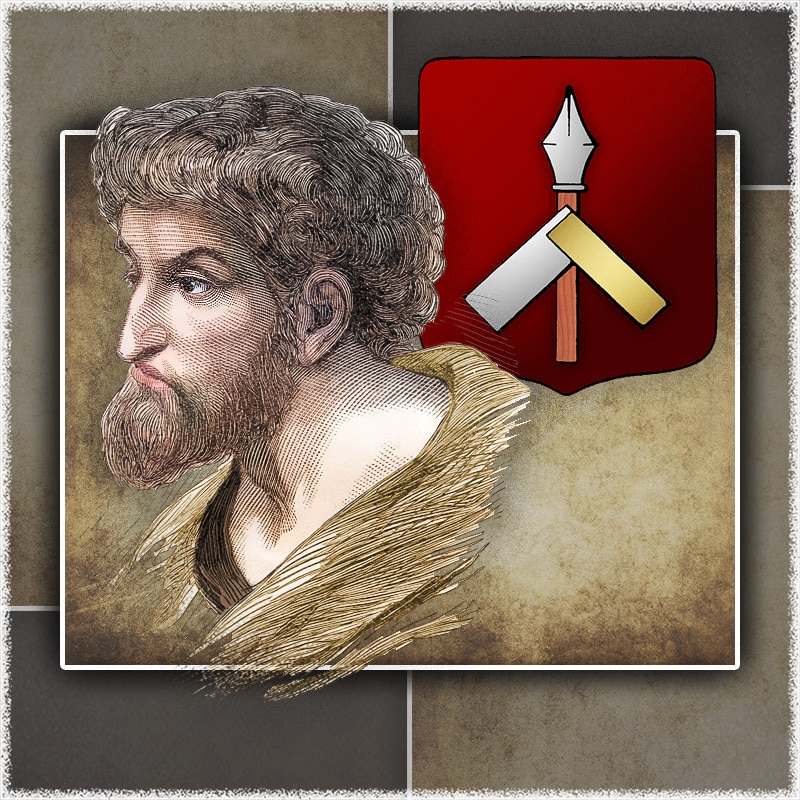
The name Thomas, evidently rendered in its Greek form from the Aramaic, means the twin (John 11:16; 20:24; 21:2), and Didymus was taken from a Greek form. We are unable to say with certainty where Thomas was born, but Church tradition suggests that he was born at Antioch and had a twin-sister named Lysia. It may be that Judas was his real name, and that Thomas was a surname.Remembering the Apostle Thomas
Biblical Record Concerning Thomas
In the Gospel lists of the apostles, Thomas is associated with Matthew (in Matthew 10:3; Mark 3, 18; Luke 6:15) and with Philip (in Acts 1, 13). As is true of other apostles, all that we know of him is distilled from the Gospel of John, amounting to only three traits. As was true of Philip, Thomas was slow to believe, yet filled with ardent love for his Lord.Remembering the Apostle Thomas
When Jesus resolutely set his fact toward Jerusalem and the cross which awaited him there, it was Thomas who urged his fellow-disciples, “Let us also go that we may die with him” (John 11:16). He was not deceived into believing that Christ was going to establish a political messianic kingdom; he purposed to share the peril of death with Christ. During the Last Supper, a second insight into his character is provided: “Thomas saith unto him, Lord, we know not whither thou goest; and how can we know the way?” (John 14:5).
The third insight into the character of Thomas was provided after the resurrection. When Jesus appeared to his disciples on the day of his resurrection, Thomas was absent. Those who had been present told Thomas what they had witnessed, but against their testimony, Thomas expressed his strong doubt, saying, “Except I see in his hands the print of the nails, and put my finger into the print of the nails, and thrust my hand into his side, I will not, I cannot, believe” (John 20:25). The following Sunday, Thomas was with the other disciples when Jesus again appeared unto them. He then turned to Thomas, as if this had been the purpose of his appearance and uttered the words which tenderly reproved Thomas’ unbelief and hesitation: “Bring: thy finger hither and see my hands; and bring thy hand and thrust it in my side; and do not become unbelieving but believing.” Christ’s words evoked an immediate response from Thomas. Scripture does not indicate that Thomas accepted the Lord’s invitation, but it is evident that all doubt was removed, and Thomas asserted his conviction of Jesus’ divine nature, saying, “My Lord, and my God.”
Following this appearance of Jesus, Thomas is spoken of only twice again in the New Testament. Once at the Sea of Galilee with the seven disciples, at which time Christ again appeared to them (John 21:2). The final time was with the assembly of the apostles after the Ascension of Christ, just prior to Pentecost (Acts 1:13).
His Martyrdom
How the lives of many of the Apostles came to an end is not well known. As is true for other Apostles, more than one account of the death of Thomas arose in the early Church.
Martyrdom in Persia
The earliest traditions concerning Thomas, which may be dated in the 4th century, [1] suggest he preached in Parthia[2] or Persia, [3] and was buried at Edessa. [4] Chrysostom mentions his grave at Edessa as being one of the four genuine tombs of apostles–Peter, Paul, and John being the other three. [5] His burial at Edessa agrees the story of Eusebius which suggests he sent Thaddaeus to Abgarus. [6]
Martyrdom in India
According to a later and more widely accepted tradition, Thomas went to India and suffered martyrdom there. [7] The ancient congregations of Christians in India who belong to the Syrian Church are called Thomas-Christians, and consider the apostle Thomas to be their founder, [8] but this later tradition is now generally regarded as having arisen from a confusion with a later Thomas who was a missionary from the Nestorians.
Thomas’ martyrdom (whether in Persia or India) is believed to have occurred by a lance. The church of India insist Thomas was speared by a pagan priest while kneeling in prayer at Meliapore (near Bombay). His martyrdom is by the Roman Church, on Dec. 21, by the Greek Church on Oct. 6, and by the Indians on July 1.
Day of Honor: July 3
In the ninth century, the Roman Church assigned the feast of Saint Thomas to December 21, though early Church leader, Jerome, assigned the day of his martyrdom to July 3. In 1969, the Roman observance of the life and ministry of Thomas was transferred—to follow Jerome's dating—to July 3 so that it would no longer interfere with the days of Advent. Following the 1662 edition of the Book of Common Prayer and the long-held December date, some Anglicans and members of the Episcopal Church continue to remember the Apostle Thomas' ministry on December 21. Thomas is remembered here on the traditional date of his martyrdom, July 3.
Apostolic Symbol
Thomas is regarded as the patron saint of architects and builders. Generally he is represented with carpenter's square and a spear, to commemorate the church he is believed to have built in India. The spear commemorates the way in which he was martyred. [9]
America deserves to know its true heritage.
Please contribute today!
Related Articles
Article Notes and Sources
[1]Origen, ap. Euseb. Hist. Eccles 1, 13; 3, 1; Socrates, Hist. Eccles. 1, 19.
[2] Clement. Recogn. 9:29.
[3] According to Jerome; see also Rufinus, Hist. Eccles. 2, 4.
[4] Socrates, Hist. Eccles. 4:18.
[5] Hom. in Heb. 26.
[6] Euseb. Hist. Eccles. 1, 13.
[7] Gregor. Naz. Orat. 25 ad Arian. 438, ed. Par.; Ambrose, in Psalm 45, 10; Jerome, Ep. 148 []ad Marcell.; Niceph. Hist. Eccles. 2, 40; Acta Thomae, ch. 1 sq.; Abdise Hist. Apost. ch. 9; Paulin. a S. Bartholomaeo, India Orient. Christiana [Romans 1794].
[8] Fabricius, Lux Evangelii, 626 sq.; Assemani, Biblioth. Orient, III, 2. 435 sq.; Ritter, Erdkunde, 1, 601 sq.; Against this tradition Thilo wrote in his edition of the Acta Thomae, 107 sq. (comp. Augusti, Denkwgurdigkeien, 219 sq.
[9] Revised from McClintock and Strong, Cyclopedia of Biblical, Theological, and Ecclesiastical Literature.

